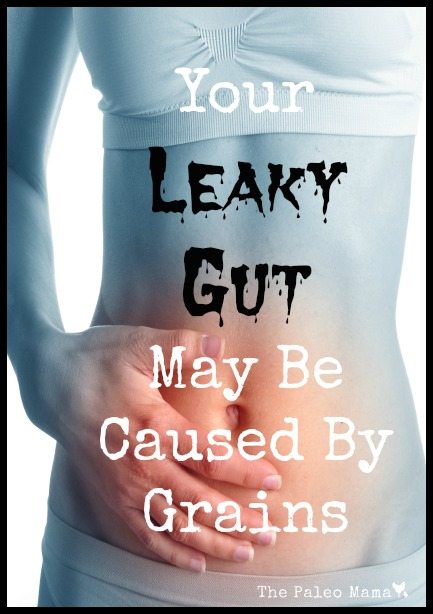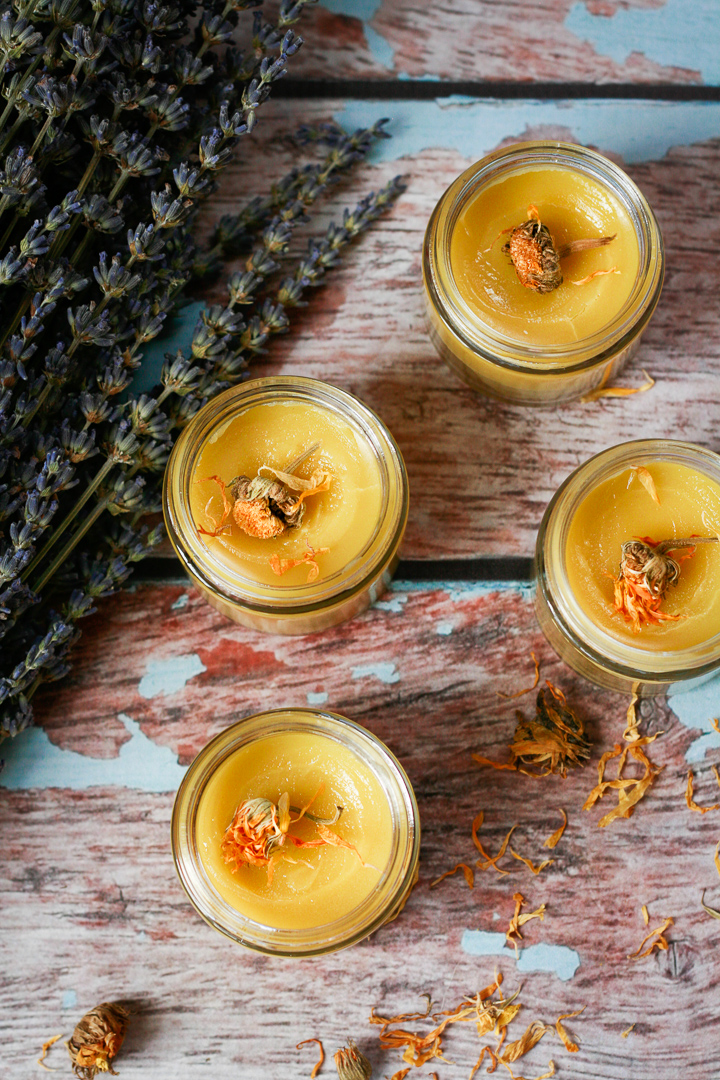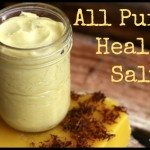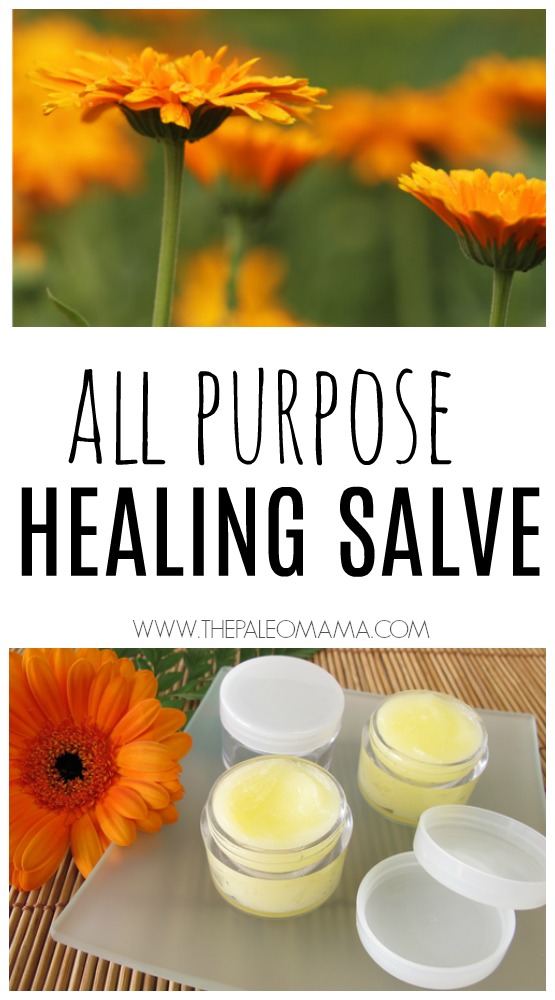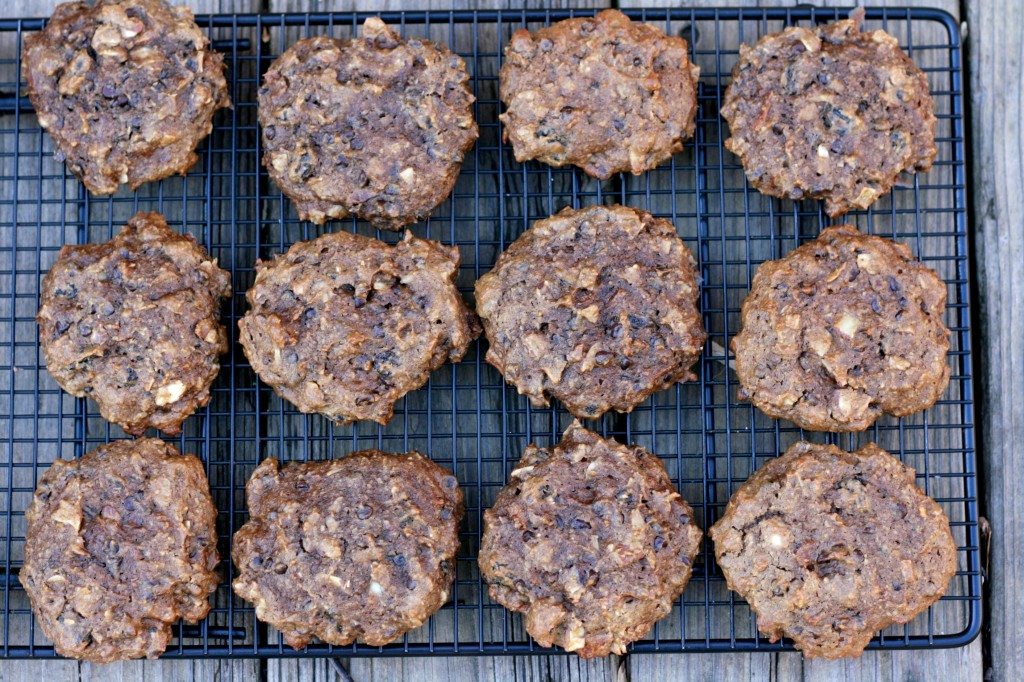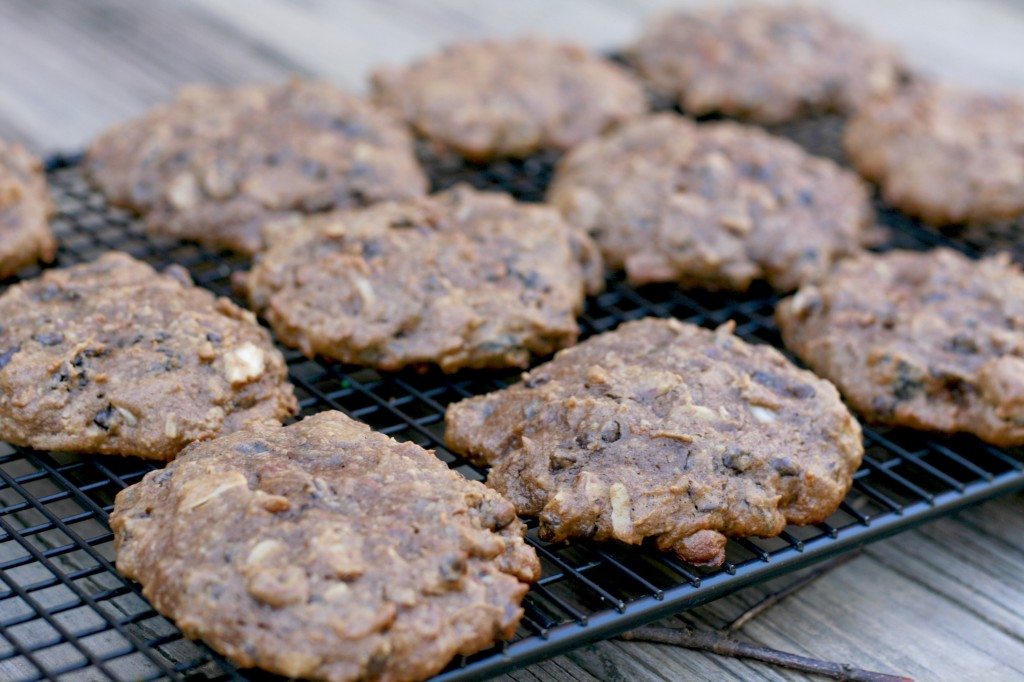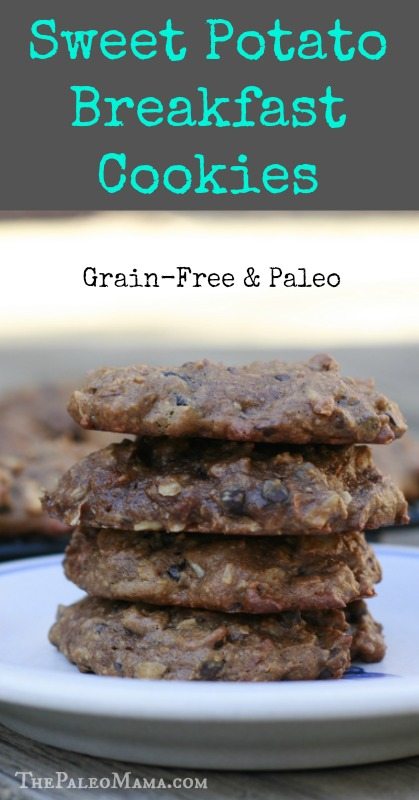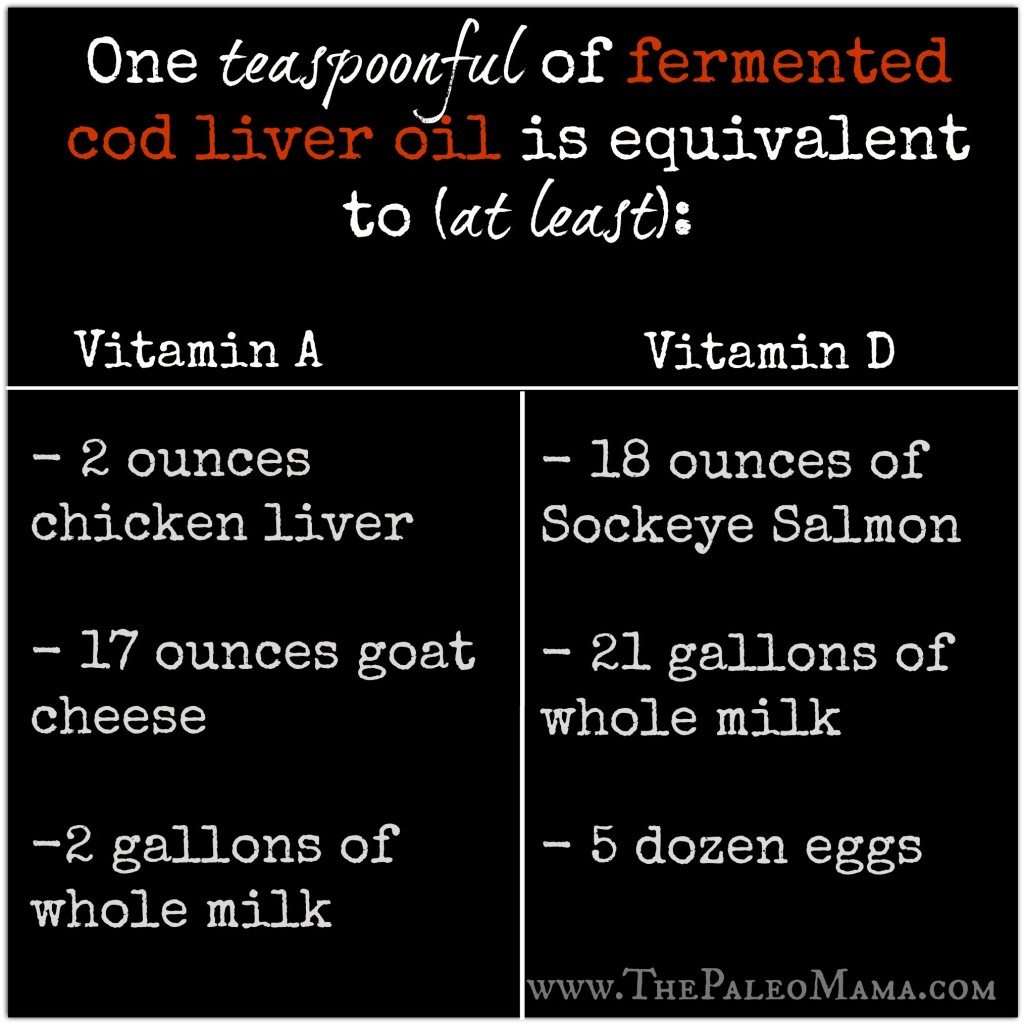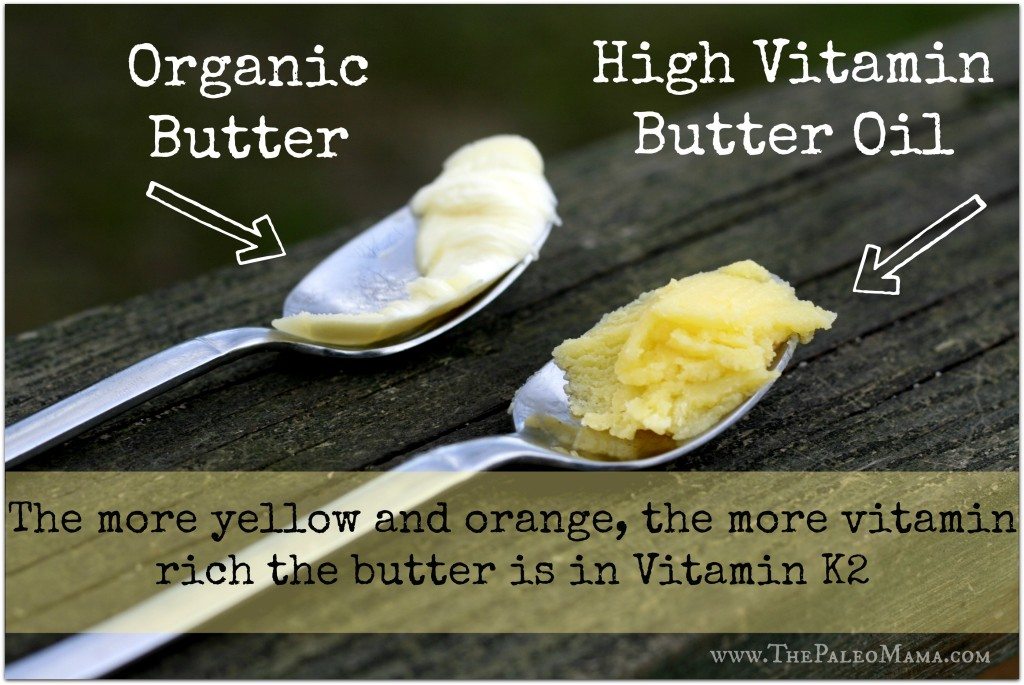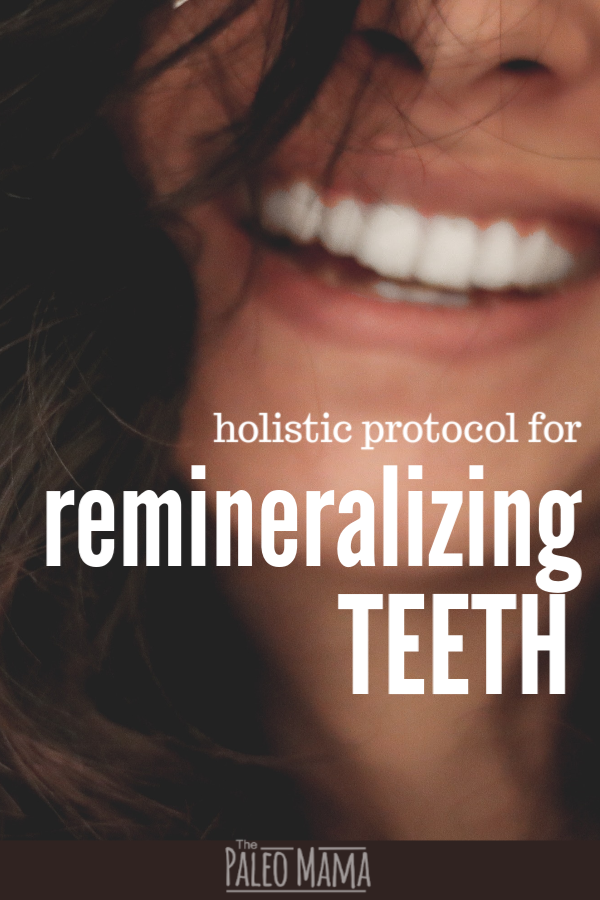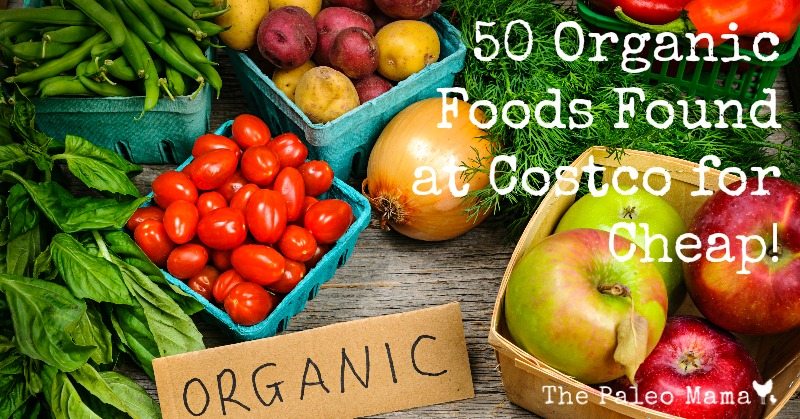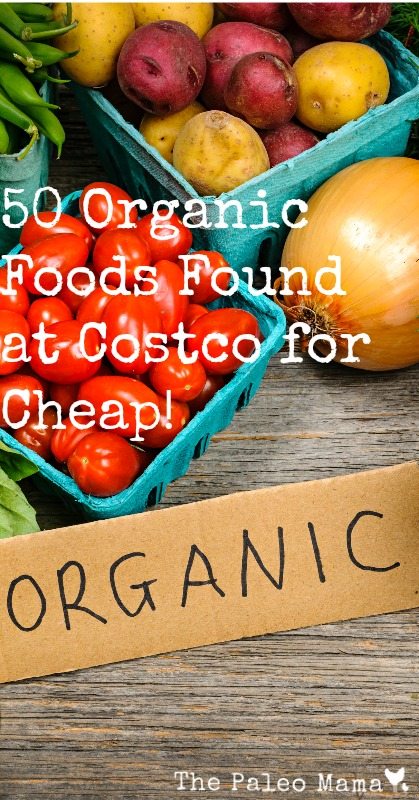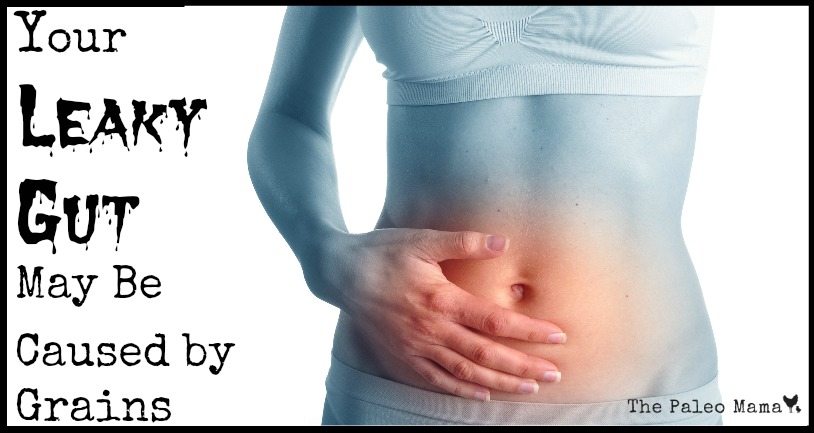
Leaky gut is a condition that occurs due to the development of gaps between the cells (enterocytes) that make up the membrane lining your intestinal wall.
These tiny gaps allow substances such as undigested food, bacteria and metabolic wastes, that should be confined to your digestive tract, to escape into your bloodstream — hence the term leaky gut syndrome.
Once the integrity of your intestinal lining is compromised, and there is a flow of toxic substances “leaking out” into your bloodstream, your body experiences significant increases in inflammation.
Also, your immune system may become confused and begin to attack your own body as if it were an enemy (autoimmunity).
Most often, leaky gut syndrome is associated with inflammatory bowel diseases like Crohn’s and ulcerative colitis, or celiac disease, but even healthy people can have varying degrees of intestinal permeability leading to a wide variety of health symptoms — and this can be influenced heavily by the foods you choose to eat.
Grains Contain Anti-Nutrients
In the United States, we’re told that grains (especially whole grains) are an important part of a balanced diet, necessary for obtaining our daily requirement of healthy nutrients and fiber.
However, according to a growing number of experts, including Dr. Loren Cordain, a professor at Colorado State University and an expert on Paleolithic lifestyles, humans are NOT designed to eat grains, and doing so may actually be damaging to your gut.
“There’s no human requirement for grains. That’s the problem with the USDA recommendations. They think we’re hardwired as a species to eat grains. You can get by just fine and meet every single nutrient requirement that humans have without eating grains. And grains are absolutely poor sources of vitamins and minerals compared to fruits and vegetables and meat and fish.”
Ironically, since we’re often told that whole grains are the best for our health, the high-fiber bran portion of grain – a key part that makes it a whole grain — actually contains many of the anti-nutrients. But the problem isn’t only that there are superior sources of nutrients; grains actually contain anti-nutrients that may damage your health. Dr. Cordain states:
“Grains are the seeds of a plant. They’re its reproductive material, and plants don’t make their reproductive material to give away for free to other animals. If they did they’d become extinct, and so the evolutionary strategy that many plants, particularly cereal grains have taken to prevent predation is to evolve toxic compounds so that the predator of the seeds can’t eat them, so that they can put their seeds in the soil where they’re meant to be to grow a new plant and not in the gut of an animal to feed it.”
Grains — Especially Whole Grains — Increase Intestinal Permeability
There is a growing body of scientific evidence showing that grains, as well as legumes, contain anti-nutrients and other problem substances that may increase intestinal permeability. This includes:
Gliadin
Gliadin is the primary immunotoxic protein found in wheat gluten and is among the most damaging to your health. Gliadin gives wheat bread its doughy texture and is capable of increasing the production of the intestinal protein zonulin, which in turn opens up gaps in the normally tight junctures between intestinal cells (enterocytes).
In celiac disease the body will make antibodies to gliadin after it is digested by the intestinal enzyme tissue transglutaminase, resulting in severe autoimmune damage to the delicate, absorptive surfaces of the intestines. It does not, however, require full blown celiac disease to suffer from the adverse effects of this protein. In fact, it is likely that our intolerance to gliadin and related wheat proteins is a species-specific intolerance, applicable to all humans, with the difference being a matter of the degree to which it causes harm.
This helps to explain why new research clearly shows gliadin increases intestinal permeability in both those with, and those without, celiac disease.
Lectins
Lectins are a key mechanism through which plants protect themselves against being eaten, and are found in highest concentrations in their seed form — which makes sense, considering that seeds are the plants’ “babies” and whose survival ensures the continuation of their species.
When animals consume foods containing lectins, they may experience digestive irritation, along with a wide range of other health complaints. The degree to which the adverse effects are expressed depends largely on how long that species has had to co-evolve with that particular form of plant food it is eating. Since humans have only been consuming unsprouted grains and beans in large amounts for approximately 500 generations, we still suffer far more than certain rodents and birds, who have had thousands of generations longer to adapt to this way of eating.
We are mostly exposed to lectins from grains, beans, dairy products and nightshade plants, such as potato, tomato, and chili peppers. However, bread wheat (Triticum aestivum) has a prominent role to play in lectin-induced adverse effects, due to the fact that it is a relatively new form of wheat, and contains wheat germ agglutinin (WGA) – a particularly resilient and problematic lectin, considering it is not eliminated through sprouting and is actually found in higher concentrations in whole wheat.
Studies indicate that it has the potential to contribute to a wide range of adverse health effects, including gut inflammation and damage to your gastrointestinal tract:
| Pro-inflammatory–WGA stimulates the synthesis of pro-inflammatory chemical messengers (cytokines) in intestinal and immune cells, and has been shown to play a causative role in chronic thin gut inflammation. | Immunotoxicity–WGA induces thymus atrophy in rats, and anti-WGA antibodies in human blood have been shown to cross-react with other proteins, indicating that they may contribute to autoimmunity . In fact, WGA appears to play a role in celiac disease (CD) that is entirely distinct from that of gluten, due to significantly higher levels of IgG and IgAantibodies against WGA found in patients with CD, when compared with patients with other intestinal disorders. |
| Neurotoxicity—WGA can cross your blood-brain barrierthrough a process called “adsorptive endocytosis,” pulling other substances with it. WGA may attach to your myelin sheath and is capable of inhibiting nerve growth factor, which is important for the growth, maintenance, and survival of certain target neurons. | Excitotoxicity–Wheat, dairy, and soy contain exceptionally high levels of glutamic and aspartic acid, which makes them all potentially excitotoxic. Excitotoxicity is a pathological process where glutamic and aspartic acid cause an over-activation of your nerve cell receptors, which can lead to calcium-induced nerve and brain injury. These two amino acids may contribute to neurodegenerative conditions such as multiple sclerosis, Alzheimer’s, Huntington’s disease, and other nervous system disorders such as epilepsy, ADD/ADHD and migraines. |
| Cytotoxicity—WGA has been demonstrated to be cytotoxicto both normal and cancerous cell lines, capable of inducing either cell cycle arrest or programmed cell death (apoptosis). | Disrupts Endocrine Function—WGA may contribute to weight gain, insulin resistance, and leptin resistance by blocking the leptin receptor in your hypothalamus. It alsobinds to both benign and malignant thyroid nodules, and interferes with the production of secretin from your pancreas, which can lead to digestive problems and pancreatic hypertrophy. |
| Cardiotoxicity—WGA has a potent, disruptive effect on platelet endothelial cell adhesion molecule-1, which plays a key role in tissue regeneration and safely removing neutrophils from your blood vessels. | Adversely Affects Gastrointestinal Function by causing increased shedding of the intestinal brush border membrane, reducing the surface area, and accelerating cell loss and shortening of villi. It also causes cytoskeleton degradation in intestinal cells, contributing to cell death and increased turnover, and decreases levels of heat shock proteins in gut epithelial cells, leaving them more vulnerable to damage. |
As we noted earlier, the highest amounts of WGA is found in whole wheat, including its sprouted form, which is touted as being the most healthful form of all … The traditional ways of addressing many of these anti-nutrients is, in fact, by sprouting, fermenting and cooking. However, lectins are designed to withstand degradation through a wide range of pH and temperatures. WGA lectin is particularly tough because it’s actually formed by the same disulfide bonds that give strength and resilience to vulcanized rubber and human hair.
New Report Warns of the Sugar in Cereals Marketed to Kids
One of the most common ways we consume grains is in the form of cereal, many of which are marketed to kids and adults alike as “health foods.” But cereal is anything but healthy, not only because of the grain it contains but also because many (particularly those for kids) contain excessive amounts of sugar.
A new report from the Environmental Working Group (EWG) revealed that many popular children’s cereal brands contain more sugar than snack cakes and cookies. For instance, one cup of Kellogg’s Honey Smacks, which is nearly 56 percent sugar by weight, has more sugar than a Twinkie, while a one-cup serving of 44 other children’s cereals analyzed contain more sugar than three Chips Ahoy! cookies.
If you need a recap of why sugar is a health disaster, you can find one here. However, as it pertains to leaky gut, you should know that sugar, like grains, can upset the balance of bacteria in your digestive tract, encouraging damage to your intestinal lining that can lead to leaky gut. So, sugary children’s cereals are a double-edged sword, assaulting your fragile gastrointestinal tract with both damaging sugar and grains. Please do your kids a great favor and offer them a healthier breakfast instead.
Are Grains Causing Your Leaky Gut Symptoms? This Food is the “Antidote”
As you might suspect, leaky gut can cause digestive symptoms such as bloating, gas and abdominal cramps, but it can also cause or contribute to many others you may not, such as fatigue, skin rashes, joint pain, allergies, psychological symptoms,autism and more.
It’s a vicious cycle because once your digestive tract has been damaged, it allows various gut contents to flood into your bloodstream where they wreak havoc on your health. The key to preventing this lies in altering your diet to eliminate the offending foods — including sugars and grains — as well as introduce healthier ones that will support a proper balance of bacteria in your gut. To restore gut health, and prevent leaky gut from occurring, eating traditionally fermented foods is essential.
Dr. Natasha Campbell-McBride explains:
“Fermented foods are essential to introduce, as they provide probiotic microbes in the best possible form … fermented foods will carry probiotic microbes all away down to the end of the digestive system. Fermentation predigests the food, making it easy for our digestive systems to handle, that is why fermented foods are easily digested by people with damaged gut. Fermentation releases nutrients from the food, making them more bio-available for the body: for example sauerkraut contains 20 times more bio-available vitamin C than fresh cabbage.”
On Dr. Campbell-McBride’s web site you can find recipes for many traditionally fermented foods, including sauerkraut, yogurt, kefir, kvass and more.
If you regularly eat fermented foods such as these that have not been pasteurized (pasteurization kills the naturally occurring probiotics), your healthy gut bacteria will thrive. If these foods do not make a regular appearance in your diet, or you’ve recently taken antibiotics, a high-quality probiotic supplement will help give your gut bacteria the healthy boost it needs. Once your gut flora is optimized, your leaky gut should improve naturally. As Dr. Cordain explains:
” … when we have a healthy flora of bacteria in our gut, it tends to prevent leaky gut.”
Is a Return to the Paleo Diet Right for You?
During the Paleolithic period, many thousands of years ago, people ate primarily vegetables, fruit, nuts, roots and meat—and a wide variety of it. Today, these staples have been largely replaced with refined sugar, high fructose corn syrup, cereal, bread, potatoes and pasteurized milk products… and a much narrower selection of fruits, vegetables, roots and nuts.
This is precisely the recipe for a leaky gut, and all of its associated health problems, which is why simply returning to a Paelo diet by eating foods that are concordant with your genetic ancestry may help you become healthier. This includes focusing on whole, unprocessed foods including vegetables (except corn and potatoes) and free-range organic meats, while avoiding sugars and grains.
“The nutritional qualities of modern processed foods and foods introduced during the Neolithic period are discordant with our ancient and conservative genome. This genetic discordance ultimately manifests itself as various chronic illnesses, which have been dubbed “diseases of civilization.” By severely reducing or eliminating these foods and replacing them with a more healthful cuisine, possessing nutrient qualities more in line with the foods our ancestors consumed, it is possible to improve health and reduce the risk of chronic disease.”
CLICK HERE to Pin this Article
